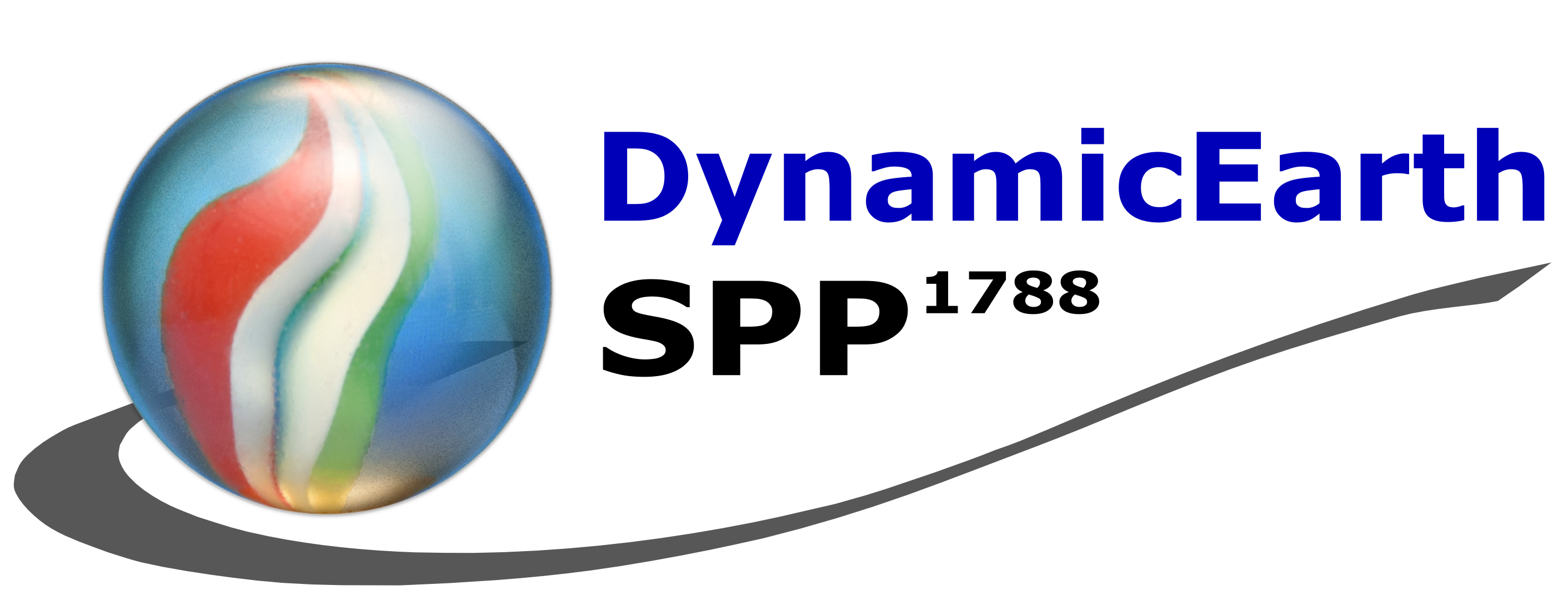The ionosphere is the ionized part of the upper Earth's atmosphere, covering a range from 60km to 1000 km above the Earth’s surface and going over into the plasmasphere. The spatial and temporal variations of the ionosphere/plasmasphere system depend primarily on space weather impact via the magnetosphere and thermosphere. Studying of the ionosphere-plasmasphere system and its coupling processes is therefore of great interest from space science perspective and contributes essentially to the understanding of the complex dynamics of the geosphere. Since the electron density of the topside ionosphere/plasmasphere seriously affects trans-ionospheric radio propagation, the reconstruction of the spatial distribution of the plasma density and their dynamics is of great practical importance in particular for satellite navigation and remote sensing radars. The proposed project contributes to a better understanding of the structure and dynamics of the ionosphere/plasmasphere system taking into account its interaction with neighbouring geospheres such as magnetosphere and thermosphere. The project will result in the development of a sophisticated topside ionosphere & plasmasphere reconstruction, utilizing LEO satellite measurements and other supplementary information. A significant part thereby will be the further development of plasmapause location model for SWARM application and its implementation into the reconstruction procedure. Using independent plasma density and whistler measurements, the results will be validated and cross checked. The potential of the innovative reconstruction approach will be evaluated by analyzing space weather events, taking benefit of the results obtained in parallel projects being realized within the SPP DynamicEarth.
